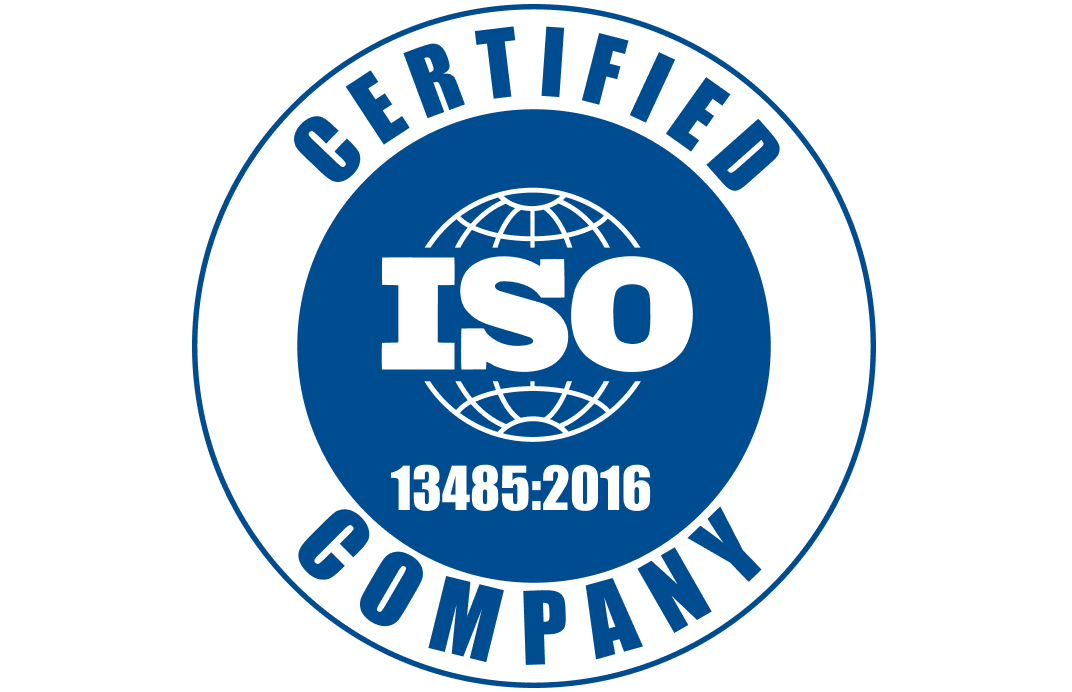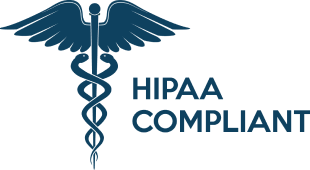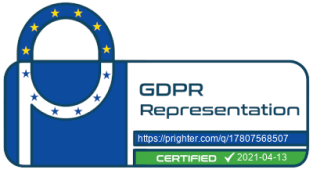Tackling the Global Hypertension Crisis with Cuffless Blood Pressure Checks
Hypertension, or high blood pressure, affects one billion people worldwide, making it the leading global risk factor for death. Shockingly, nearly half of those with hypertension are unaware of their condition. High blood pressure also has devastating costs on individuals, the economy, and the healthcare system. In most cases, hypertension can either be prevented or controlled, and Binah.ai’s innovative cuffless blood pressure checks are transforming the ability to measure, monitor and manage blood pressure. How can insurers and healthcare providers help prevent and reduce the damage associated with high blood pressure using cuffless blood pressure checks? Read on to learn more.
What is blood pressure?
Blood pressure refers to the pressure exerted on the walls of your arteries as blood is pumped through them. Blood is constantly being pumped throughout the body in order to deliver oxygen and nutrients to produce energy. When there is an increased demand for energy, for example in a stressful situation, the body will increase the pressure of the blood being pumped through the arteries in order to get the blood to where it needs to go at a faster rate. This is normal when it’s done in certain instances in order to meet the body’s needs, but if blood pressure is consistently high, it can lead to severe health issues.
Each blood pressure measurement reflects the pressure in the arteries during both phases of the cardiac cycle. The first number reflects the systolic blood pressure, pressure exerted on the artery walls when the heart contracts. The second number reflects the diastolic blood pressure, the pressure exerted on the artery walls when the heart relaxes.
Hypertension: The Silent Killer
Hypertension can often present itself without any symptoms, thereby leaving many individuals suffering from it unaware of their condition until it reaches an advanced stage or triggers complications. The silent nature of hypertension is especially problematic as over time, untreated hypertension can damage blood vessels and organs such as the heart, kidneys, brain and eyes. Moreover, hypertension is a major risk factor for cardiovascular diseases, putting people with high blood pressure at an increased risk of heart attacks and strokes.
What are the costs of hypertension?
According to the CDC, individuals with hypertension incur annual medical costs up to $2,500 higher than those without the condition. Furthermore, a staggering 650 million prescriptions for blood pressure medication are filled annually, contributing to a total spending of approximately $29 billion, with patients directly bearing $3.4 billion of this expense. This places significant strain on the healthcare system, emphasizing the importance of self-management for conditions like hypertension to alleviate the pressure on healthcare workers already grappling with shortages.
Hypertension prevention and control
In many cases, hypertension can be prevented by reducing stress, improving work conditions, and adjusting lifestyle habits. Changes to lifestyle habits include exercising regularly, eating healthily, maintaining a healthy weight, moderating alcohol and caffeine intake, and not smoking. Due to the devastating side effects of hypertension, it is critical to catch hypertension as early as possible and to get it under control.
What about low blood pressure?
Though not as prevalent as hypertension, low blood pressure, or hypotension, carries its own set of concerns, particularly in understanding its underlying causes and addressing potential health risks. Low blood pressure, or hypotension, can lead to symptoms such as dizziness, fainting, and fatigue. In severe cases, it may result in organ damage. Low blood pressure can stem from various factors, including dehydration, heart problems like bradycardia or heart valve issues, endocrine disorders such as hypothyroidism, and nutrient deficiencies like B-12.
What are the challenges associated with measuring blood pressure?
- Frequency of Measurement – Achieving an accurate assessment of blood pressure necessitates measuring it twice a day to capture different phases of the circadian rhythm, presenting a challenge in terms of time commitment and consistency.
- White Coat Syndrome – The phenomenon of white coat syndrome introduces a significant challenge as it is common for individuals to experience elevated blood pressure in a medical setting, leading to potentially inaccurate readings and misinterpretations of their actual health status.
- Accessibility and Duration of Extended Monitoring – Monitoring blood pressure over a 24-36 hour period, crucial for a comprehensive understanding, faces practical challenges. Devices designed for extended use exist, but obtaining them often involves long wait times, and the limited duration of wear (1-3 days) may lead to information gaps, affecting the overall assessment of cardiovascular health.
- Ideal Measurement Conditions – For accurate results, blood pressure measurements should be taken while the individual is at rest. Moreover, traditional methods require the individual to avoid moving or talking. However, due to a lack of feedback, many individuals taking readings fail to adjust accordingly.
- Correct Cuff Size Selection – Selecting the correct cuff size is critical, as an improperly sized cuff can lead to inaccurate blood pressure readings. In cases with overweight or obese patients, who are at an increased risk of hypertension, finding a cuff sleeve that can properly hold the arm can be especially difficult.
- Arterial Stiffness and Aging – The stiffening of arteries, which often occurs with aging, can generate extra resistance to cuffs, and result in an overestimation of blood pressure or a misdiagnosis of hypertension.
Binah.ai’s Cuffless Blood Pressure Monitoring Solutions
Binah.ai’s blood pressure check technology is revolutionizing the management of blood pressure by making checks simple, affordable, and accessible anytime, anywhere. Depending on the use case, organizations can choose from two methods:
Continuous Blood Pressure Checks: With Binah.ai’s continuous health and wellness checks, end users can avoid white coat syndrome, waiting in line for a continuous monitoring device, finding the correct cuff size and struggling to achieve ideal measurement conditions. By simply wearing a Polar Verity Sense™ heart rate sensor comfortably on their arm, end users can capture measurements throughout the day. Measurements then recur at 3-120 minute intervals set by the organization, and in addition to blood pressure, vital health indicators such as heart rate, HRV, breathing rate, and stress levels are captured simultaneously. The data is transmitted directly to the provider or organization’s cloud in real time.
Video-Based Spot checks: Binah.ai’s video-based spot checks provide a flexible and accessible solution to common challenges. Users can conveniently measure their blood pressure along with a range of vital signs, stress levels, and bloodless blood tests like hemoglobin and HbA1c with a 35-60 second selfie-video using a smartphone or tablet. This approach promotes more frequent monitoring, mitigates white coat syndrome by enabling measurements in comfortable environments, and allows users to capture readings from wherever they are without having to carry around cumbersome hardware or deal with the hassle of cuff sizing.
As hypertension continues to pose a global health risk, innovative solutions like Binah.ai’s Cuffless Blood Pressure Checks offer a promising way to enhance monitoring, early detection, and management, ultimately reducing the burden on individuals, the economy, and healthcare systems.
To learn more about how you can integrate Binah.ai’s cuffless checks into your solution to help patients and clients prevent, identify and control high blood pressure, watch our latest webinar with Endava here.

 close
close





